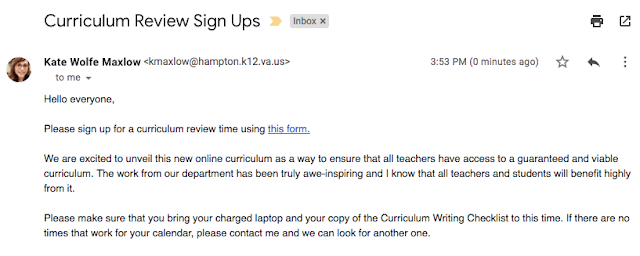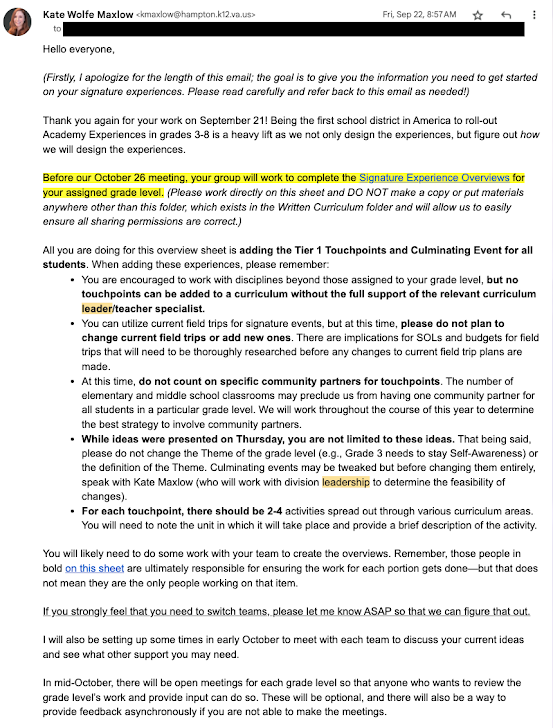There's a big divide these days in how educators feel about behavior modification systems, like Class Dojo or color charts. I've seen schools where everyone is expected to use the same behavior modification system, and other schools that have outright banned them. What's going on here?
It all has to do with extrinsic versus intrinsic rewards, and whether you throw in your lot with the behaviorists or the social constructivists.
Let's talk a look at these two somewhat competing theories.
You've heard of behaviorism even if you didn't take Psych 101 in undergrad. Remember Pavlov's dogs? He would ring a bell right before feeding them and they would start to associate the bell with food and would immediately salivate whenever they heard the bell, even if there was no food present. That's classical conditioning. B.F. Skinner took it a bit further and found that he could change not only the physical response, but the behavior of subjects by giving them an external (extrinsic) reward. For instance, you can teach a mouse to push a lever whenever he sees a light come on, assuming that whenever he pushes the lever, a food pellet appears through a tube.
This conditioning, also called operant conditioning, can also be used to stop subjects from doing a behavior. For instance, if every time a mouse goes down a certain corridor in a maze, he gets an electric shock*, he learns to stop going down that corridor pretty quickly. This is still a version of extrinsic motivation, because the punishment is coming from a force outside of the mouse over which the mouse has no control.
These types of extrinsic rewards/punishments are typically what we see with behavior modification systems. With Class Dojo, teachers can extrinsically award or take away points from students based upon their behavior. Same with the color chart: when a student commits an infraction or does something especially wonderful, the teacher allows the student to change his or her color.
Let's leave aside the question of whether or not you agree with extrinsic motivators for a moment and discuss: do they work? The answer is: yes. Mostly. Sometimes. Okay, it depends.
Extrinsic motivations can fail in several ways. If the student doesn't care about the reward or the punishment, their behavior is likely to be unchanged. For instance, if the school is offering a chance to win a new bike for all students who have perfect attendance, but I just got a new bike that's better than the one being offered, the incentive for me to attend is lost. Or, if I miss a day because I have a violent stomach flu and I'm knocked out of the running for the raffle, what do I care if I miss another day after that?
Similarly, if the punishments don't bother a student, they won't care about them. A student who wants to stay home from school isn't punished when he or she is suspended. I taught several students who actually preferred silent lunch so they had some time to themselves; that punishment didn't influence their behavior at all. If a student is "on red" day after day, at some point that student will simply give up and figure why not act however he or she wants, because being "on green" is all but impossible?
So what the heck do we do for those students who don't care about our rewards or punishments?
Enter the family of constructivist theories. Constructivist theory builds on behaviorism by saying that hey--people aren't actually dogs and mice. The way that people make sense of their world (or, construct their worldview) matters when it comes to motivating them. Vygotsky also posited that it's not just about the individual's construction of his or her own learning, but there's a social element to it as well. For instance, in a classroom where the majority of students rarely follow the rules, a student who generally does follow the rules might also be persuaded to break them.
Constructivists are more likely to tell you that intrinsic motivators are where it's at when it comes to teaching students to behave. For instance, rather than punishing a student for stealing a cookie, have a class discussion about how it feels to be in a classroom where we can't trust each other, and how much better it would feel to live in a classroom where we do trust one another. In a classroom motivated purely by intrinsic rewards, we do our homework because we want to be the type of person who can be depended on and we feel good when we meet our obligations. We are rewarded or punished by our own feelings (and, if you're a social constructivist, the feelings of those around you).
What are the downsides to a classroom run purely on intrinsic motivators? Well, it can take a long time to build intrinsic motivation, especially if the student doesn't see the point. For instance, if a teacher assigns 30 math problems a night, the student who understand the process after problem #3 might decide that the assignment is ridiculous and playing video games is more personally fulfilling than checking off the homework box.
So, what's an educator to do? Well, here are some suggestions:
1. Use a mix of behavior modification systems WHILE working to build intrinsic motivation in students.
This was always my goal when teaching. The extrinsic motivators worked really well in the beginning of the year. Class dojo, color charts, etc., made otherwise abstract expectations more concrete for students. They had a visual against which to measure their own behavior. BUT, we had a lot of discussions about why we behaved the way that we did, and how much better we all felt when we got along.2. When you DO use behavior modification system that involves punishment, apply punishments as consistently as possible, but apply rewards on a variable basis.
One thing we've learned from B.F. Skinner and his work on operant conditioning is that you are more likely to encourage a bad behavior if you only punish it some of the time. Students will constantly be testing to see if this is the time that they can get away with it. On the other hand, variable rewards tend to increase the likelihood of a wanted behavior. This is why people love slot machines; if people don't know when they're going to get the reward, they're more likely to try for it (as long as they receive the reward often enough to make it worth the trouble).
3. Understand that different motivators work for different students.
Acknowledge ahead of time that some kids just won't care about Class Dojo and some of them might never agree that they should do homework just to feel better about themselves. You'll probably find a system that works for the majority of your students, but be open to changing it up for those who need something else.4. Purposefully choose when you'll use intrinsic versus extrinsic rewards.
Some research has shown that when we reward students for things already liked anyway (for instance, drawing a picture), they're less likely to want to do it next time unless you give them another reward. Save your extrinsic motivators for things that your students might not otherwise want to do. There are some tasks that we simply have to slog through. For instance, I needed my students to memorize their times tables. Yes, we talked about why so they could understand, and I tried to make it as fun as possible with things like games, but I also extrinsically incentivized the heck out of those multiplication tables.5. Strategically choose your rewards and punishments.
The instant you make something a reward, the more attractive you make it. The instant you make something a punishment, the more likely students will develop a negative association with it.For instance, I never used myself as a punishment. Students who misbehaved didn't have to eat with me at lunchtime; they didn't get to eat with me at lunchtime. Why would eating with someone who cares about you be a punishment? Moreover, eating lunch with me was always a reward in my classroom.
Consider what happens if you give extra homework as a punishment. That effectively says that homework is a form of punishment...what student will want to do homework now?
*No actual mice were harmed in the writing of this article.





















